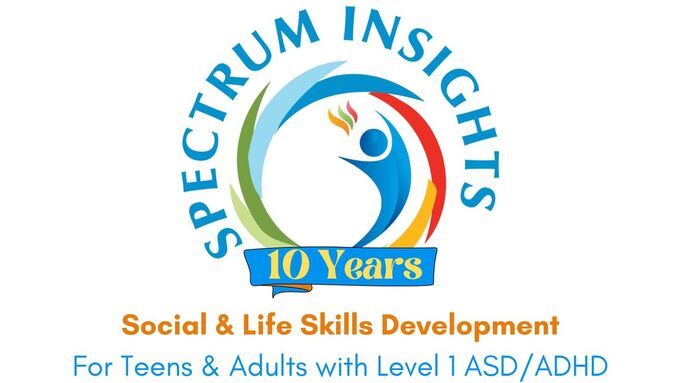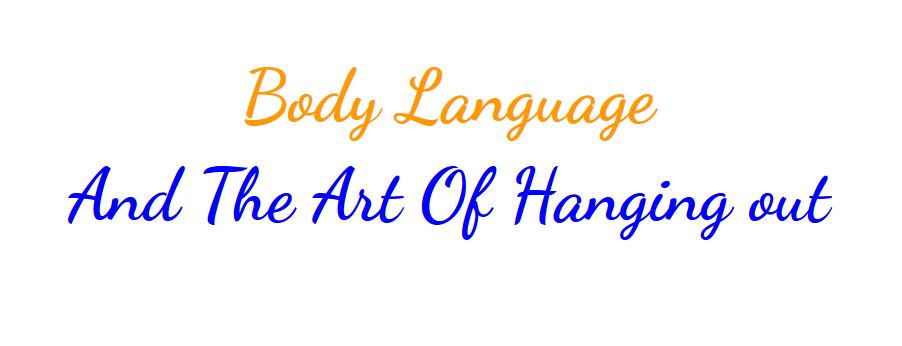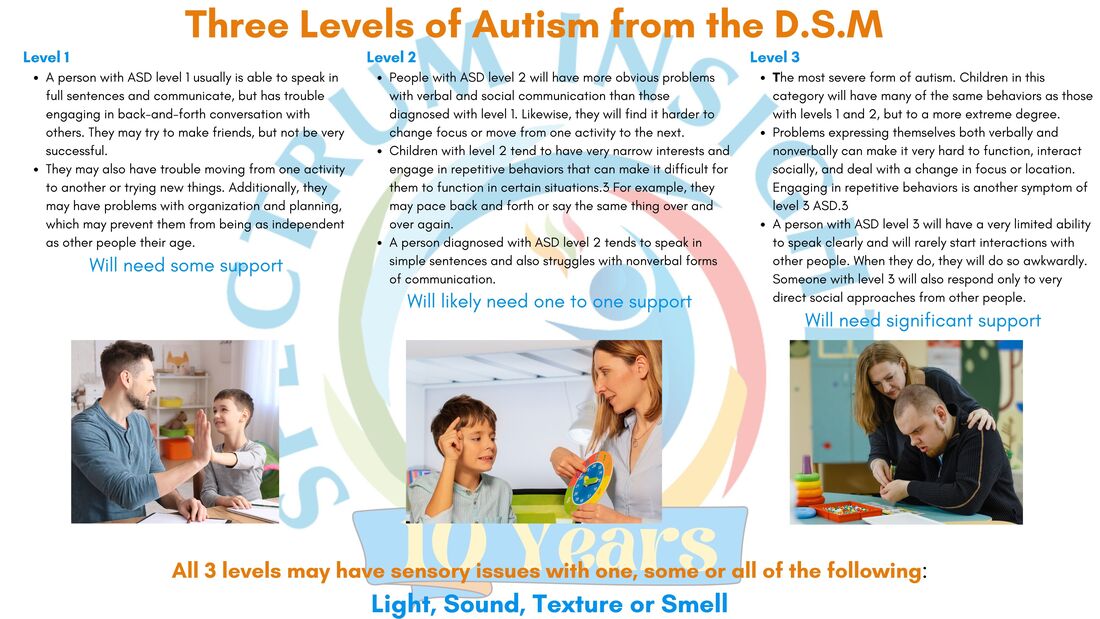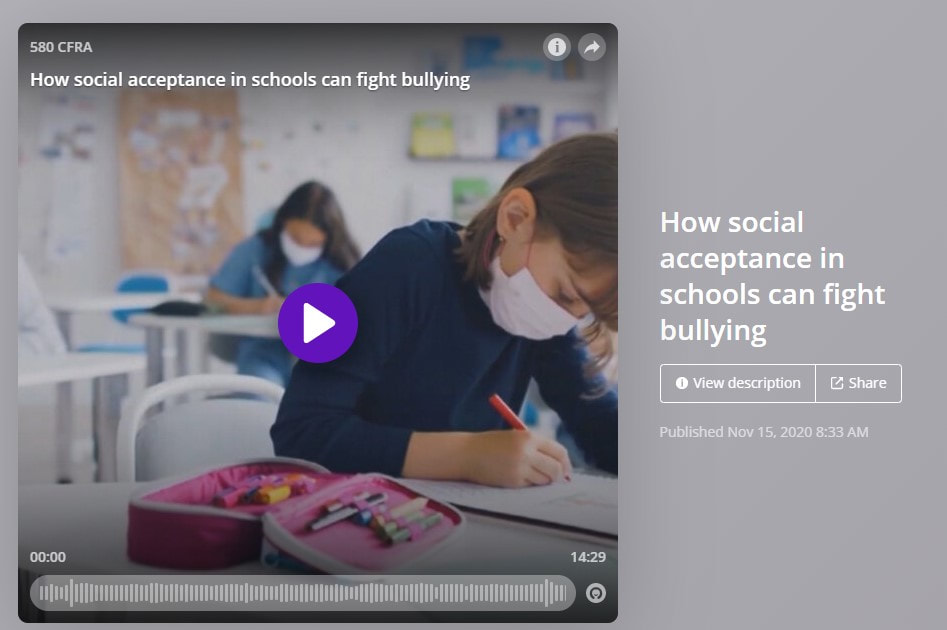The flowing will need to be adapted for each student. You may find yourself having to explain certain steps in more depth, perhaps eye contact. What is a comfortable amount of time to look at a person, or where to look to if eye contact is too challenging. You may find yourself having to further explain how to tell if a person is angry, what are the tell tale signs. Be creative and patient and when possible, model for the student and most certainly, help them join a group the first few times. I often prep the group ahead of time by telling them my student is coming over to practice. yes, its all contrived, clunky and unnatural, but its practice and practice helps the student create the social template of rules to follow. Dont forget, what comes easy for us, can very hard for our students. be patient and see things from their point of view!
Enter the room and observe before you speak
- what are people talking about. What is the mood in the room, are they happy and having fun, do you see people smiling, stick around.
- Does it seem like people are angry, leave.
- What are the topics being discussed? Can you relate to any of them?
- Is there anything new in the room, ie a new device, are people talking about it?
Next, who do you want to talk to?
- When they are done talking say hi or wave.
- Ask, may I sit with you? If they smile and greet you, go sit or stand near them
- If they do not answer, look for someone else to talk to.
Always observe your friend before talking:
- What are they wearing or what do they have. Can you give a compliment? “I like your….” If they have something new, ask about it. Im sure they will love to talk about it.
- Do they look well or unwell, ask how they are, can you help? Remember that if they are unwell, your friend may not be in the mood to talk, unhappy or ill and not able to concentrate. Ask if they need help. They may want to be alone. Ask them if they want company, if not, let them be.
Hanging out w/ a friend or friends
- Talk about things they enjoy talking about
- Listen to your friend
- Ask him questions about what he is talking about
- Relate experiences you have had about the topic.
- Speak slowly
- Give them a turn to comment and share
- Nod your head when they talk
- Look towards them..but don't stare.
- Is their body facing yours? Is your body turned towards them? You don't need to do this, but it helps. Leaning a bit towards them shows you want to hear what they have to say. This will make them feel good. Remember not to lean too close, have your teacher demonstrate what is a comfortable distance.
- See how their hands move, if they move a lot, they are excited or happy
- Sometimes the voice gets louder, this may mean they are excited and happy.
- Are they smiling? You smile too, it shows you are enjoying their company.
- Do you want to talk or share, raise your finger, this shows it’s your turn.
What if they are not enjoying your company, how can you tell?
- Are they leaning away from you?
- Is their head turned away….uh oh...maybe they stopped listening to you or are paying attention to someone else. Look around, who else is talking and what are they saying?
- Maybe the topic has changed, follow along and pay attention the new speaker.
- Has the person stopped smiling?
- Are they leaning away from you?
- Are their hands moving fast...uh oh, they may be unhappy or angry. You can also tell if their voice is louder or they stop talking. Something has gone wrong. A loud voice can be a sign of happiness or someone is angry.
- If a person has stopped smiling, looked and leaned away or turned their body away from you. It may mean they do not want to talk to you. Its time to find a new person to talk to.
Are they sharing a story about something that makes them upset..listen carefully, it could be a story about someone else...phew, its not you. If they are talking loud, moving their hands fast, not smiling and leaning towards you a bit too close or moving away from you, they may be angry. If they are saying “You” or your name a lot..they may be angry at you. Some people even move closer when they are angry…this is a sign of aggression. It's time to stop talking and move away.
Putting your hands out w/ palms up is a sign that you are friendly, when the hands are closed, it is not a friendly sign. When you are talking, its always best to have your hands open, palms up is better. Watch how your teacher talks to you, see how they may point and gesture with their hands, these are all forms of communicating I am friendly.
Dont
- Move fast, this is a time to be calm and enjoy the conversation, not a time for play
- Yell or use a loud voice (it make the energy go up and can upset people trying to chill)
- jump or stand on furniture.
- Do not say things that hurt people's feelings
- Keep your opinions to yourself, you may hurt someone's feelings
Do
- Sit still
- Listen
- Smile
- Share
- Compliment
- Help when help is needed
- speak in a calm voice
- turn towards people talking
- take notes on things that they enjoy talking about
- Stay on topic when you share.
What next?
I then encourage them to go home and look up some of the music, games, movies and books the kids talk about. That will give them a pretty good idea of what is popular and things they can talk about. Ideally the student is looking for ways to relate to their peers, by researching what the other kids are into, it gives them a chance to find something they may relate to or discover they like. This will be start of a new social interaction as they find a comfort zone in this new territory. Here is an example, some local teens ran a Friday night Anime club at the library. I arranged it with the group to have one of my students come in and join them. My student learned some of the popular anime that his peers were into, and could now join conversations when the subject of anime came up with peers at school.
-John W Anderson





